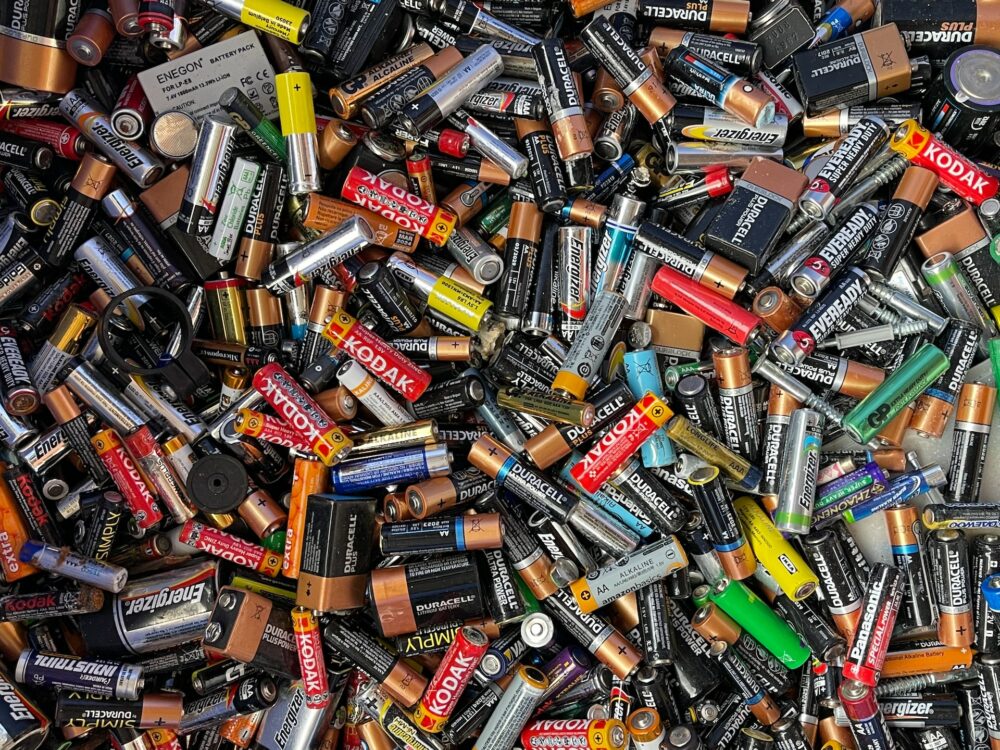A team of scientists from Oregon State University have made a significant breakthrough in developing a new electrolyte that can raise the efficiency of zinc metal anodes in batteries to nearly 100 per cent.
The researchers’ findings were reported in Nature Sustainability late last month, and their success is seen as a step towards developing an alternative to lithium-ion batteries for large-scale energy storage.
The search for new battery chemistry that can store renewable solar and wind energy on the electric grid for use when those energy sources aren’t available is an ongoing global effort. Zinc-based batteries are considered a promising alternative for grid energy storage to widely-used lithium-ion batteries, whose production depends on rare metals such as cobalt and nickel that are toxic and can contaminate ecosystems and water sources.
“The breakthrough represents a significant advancement toward making zinc metal batteries more accessible to consumers,” said Xiulei “David” Ji of the OSU College of Science.
“These batteries are essential for the installation of additional solar and wind farms. In addition, they offer a secure and efficient solution for home energy storage, as well as energy storage modules for communities that are vulnerable to natural disasters.”
Ji and his team developed a new hybrid electrolyte that uses water and an ordinary battery solvent. It is non-flammable, cost-effective, and incurs a low environmental impact. The electrolyte is also made up of a dissolved mixture of inexpensive chloride salts, with zinc chloride being the primary one.
Read more: GreenPower Motor Company overcoming barriers to electric truck adoption
Read more: Ideanomics subsidiary secures big business contracts for electric tractors
Zinc batteries need thousands of cycles to be cost effective
According to the findings, the primary challenge with zinc batteries is that zinc reacts with water in the electrolyte to generate hydrogen gas in a process called a hydrogen evolution reaction, which can cause a short cycle life and is also a potential safety hazard. Zinc batteries need to have a long cycle life of thousands of cycles to be cost-competitive with fossil-fuel-produced electricity. The problem is that the zinc anode in the battery can lose some of its ability to store and release energy during each cycle, which limits the battery’s lifespan.
During the charging process, zinc particles in the battery’s electrolyte stick to the anode, and then releases the stored energy during discharge. But this process is not always reversible, which means that some of the energy is lost and cannot be recovered during discharge. This limits the battery’s ability to store and release energy, which affects its overall lifespan.
This is a problem in an area known as Coulombic efficiency (CE), which is a measure of how well electrons are transferred in batteries, the ratio of the total charge extracted to the charge put in over a full cycle.
However, the new electrolyte restricts water’s reactivity and nearly shuts down the hydrogen evolution reaction by forming a “passivation layer” on the surface of the anode, which is similar to what enabled the initial commercialization of lithium-ion batteries in the 1990s.
Zinc-based batteries are one of the leading candidate technologies for large-scale energy storage. Ji believes that the new breakthrough heralds the near-future commercialization of the zinc metal batteries for large-scale grid storage.
“These batteries are essential for the installation of additional solar and wind farms. In addition, they offer a secure and efficient solution for home energy storage, as well as energy storage modules for communities that are vulnerable to natural disasters,” Ji said.
Follow Joseph Morton on Twitter
joseph@mugglehead.com














